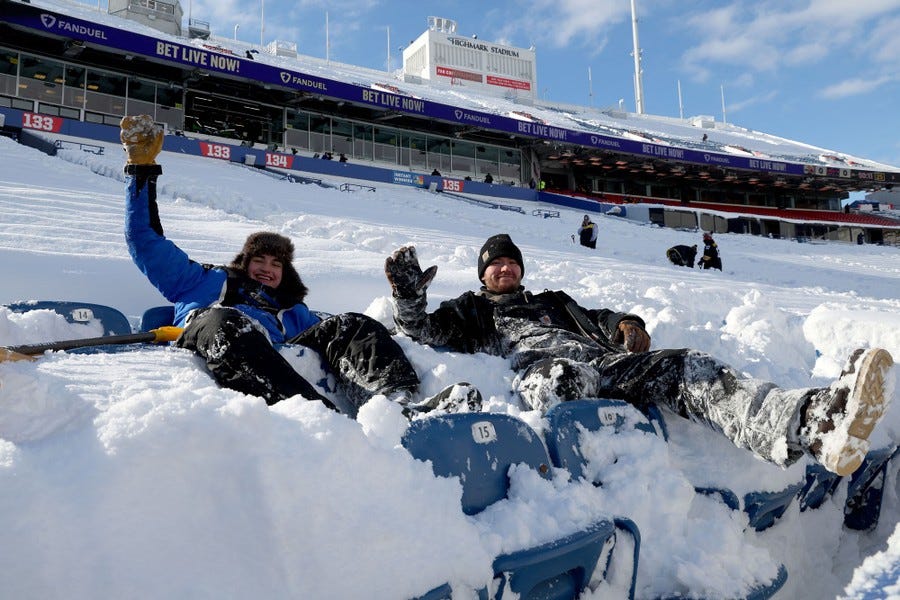The Top 5: Ozempic teens, miracles, Stanley cups, the social internet, & our biggest fears

Welcome to the latest edition of the Top 5 articles we’ve read this week. Each week, we read dozens of articles in the hope we find essays and reporting that speak to big ideas, trends, future looks, and incredible human stories. We hope you enjoy our list, and do always let us know if you have a suggestion or a recommendation!
The 2024 election is upon us, and we will be putting a lot of thought into our coverage and analysis. Please consider becoming a paid subscriber if this is one of those newsletters you open up all the time or look forward to each week. We couldn’t do this work without our paying subscribers and encourage you to make the switch from free to paid. We have a student/educator discount as well!
The Spirit of Our Politics: Spiritual Formation and the Renovation of Public Life comes out in 2 days.
The Top 5 articles for your week:
“Coming of Age at the Dawn of the Social Internet” (The New Yorker)
Because Kyle Chayaka describes what it was like to grow up in the first era of social media.
I didn’t understand yet in middle school, but in the years that followed I began to think of my online presence as a shadow self. Those aware of it could see it, and I could see theirs—the reflection of their avatars and icons and away messages, the tone of their instant-message chats or L.J. posts. But, for other people who were not so online, it was still invisible, insignificant. I’ve been thinking a lot about this early version of my online self lately as I’ve been writing about latter-day digital culture and taking stock of just how much the landscape has changed.
“An American Girlhood in the Ozempic Era” (The Cut)
Because we missed this excellent article last month from Lisa Miller which follows the life of a girl named Maggie in Missouri who is one of the first kids to be put on a GLP-1 drug like Ozempic.
“What Are We So Afraid Of? Here’s the Expert to Ask” (NYT)
Because Matt Richtel interviews Christopher Bader, a sociologist, about his university’s annual survey of Americans’ fears.
“Age makes the miracles easier to see” (WaPo)
Because Anne Lamott writes, “That we are no one else but our very own selves is a miracle.”
“It’s Just a Water Bottle” (The Atlantic)
Because here is Amanda Mull on the Stanley tumbler:
Trying to parse why strangers ascribe such meaning to an object or product that is meaningless to you—or why they’re so set on one thing and not another, similar thing—is usually a fool’s errand. Humans by nature turn objects into meaning, and consumerism is the process by which that impulse is commodified by middlemen looking to ascribe that meaning to particular things in order to sell your identity or values or group affinity or sense of community back to you. The product itself, as long as it’s good enough, can be largely incidental to this process.
ICYMI on Wear We Are:
The Morning Five: January 16, 2024
The Morning Five: January 17, 2024
The Morning Five: January 18, 2024
Episode 95: The NH primary and what's going on with DeSantis?



